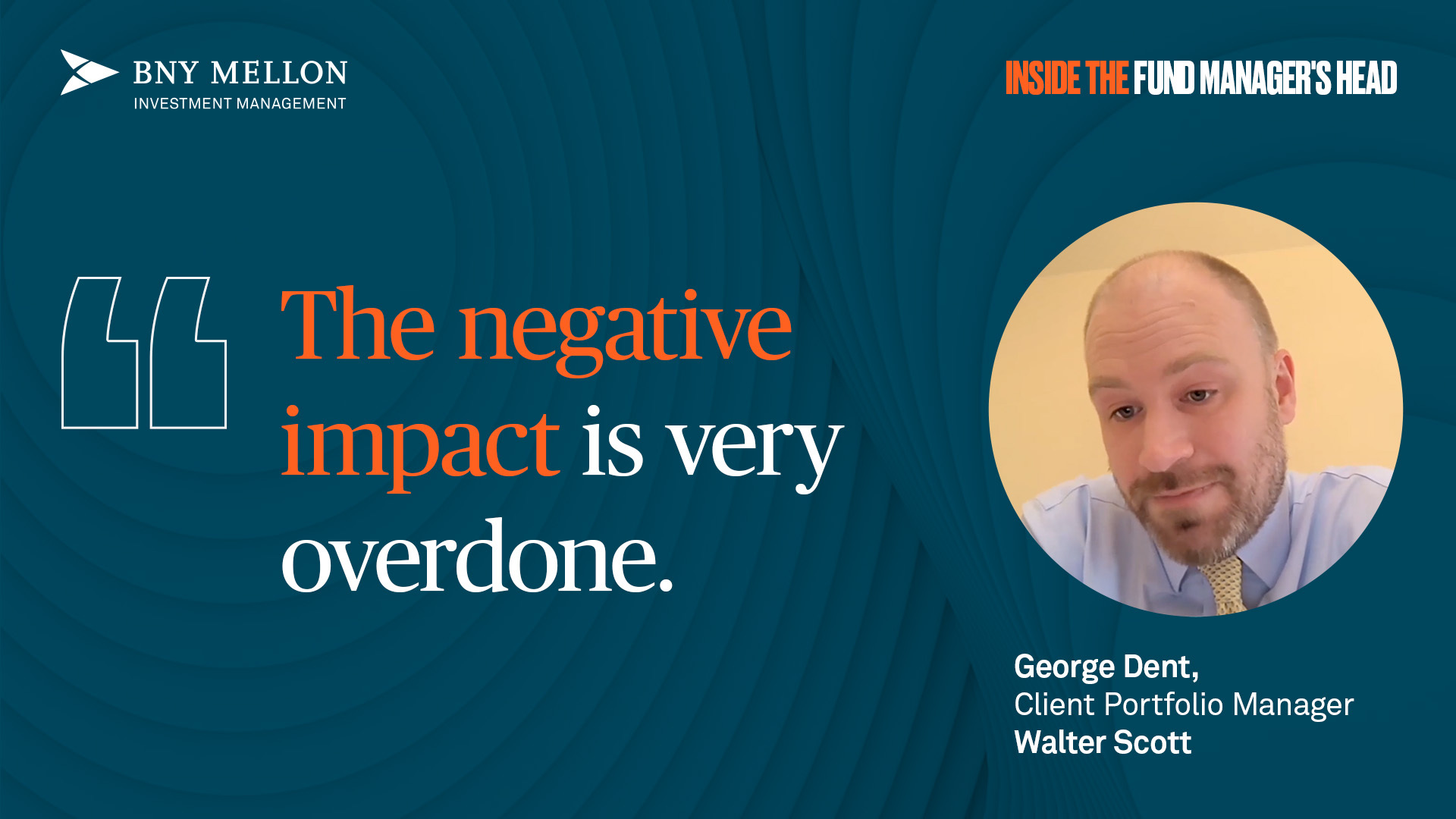2015 was another strong year for the UK property market, although undoubtedly the two tiered nature of the market was still in evidence with the ‘London effect’ persisting. 
Headline numbers often mask this regional split with London and the South East having significantly outperformed regional markets for many years.
In terms of overall returns we may now be entering a period of structural change for the market with capital appreciation being replaced as the driving force for total returns by income return and rental growth.
Investment yields for high-quality properties remain attractive with a substantial premium versus a ten-year gilt yield. After many years of double-digit returns as the market has been in recovery mode it would appear increasingly unlikely that returns at these levels can be sustained.
Performance of funds versus indices over 5yrs

Source: FE Analytics
Consequently, as the market has evolved over recent years it has become increasingly important to disaggregate this largely fragmented market and assess the relative merits of each sub-sector when considering the opportunity set of investment possibilities.
The residential sector often garners a lot of press coverage and home affordability is regularly front page news. CBRE has predicted that UK house prices will grow by 3 per cent in 2016.
This reflects declining affordability, mortgage regulation and potential interest rate increases. Over the next five years house prices are expected to grow by 22 per cent across the UK. However, average house price growth is predicted to be 4 per cent pa. Supply remains a fundamental problem, and although housing completions edged up in the last financial year to 152,450 (DCLG), they are still well below the Government’s target level and the long term average of 220,000.
A simple illustration of the supply and demand imbalance is that over the last decade some 1.2 million new homes were built in the UK, yet the population has increased by 4.2 million.
A sub-component of the residential sector with particularly strong fundamentals is the UK student property sector. It is anticipated that student housing will continue to experience strong demand from investors of all types but with significant supply side challenges for key student towns (including London).
On the demand side, looking at UCAS applications, demand for Higher education has been on a positive trajectory over recent years despite increases in fees. UCAS application increased on average by 3 per cent per year from 2012 to 2015.
The attractiveness of UK universities is well supported by the high quality of education, employment prospects and international recognition and this reinforces the economic insensitivity of student property as an asset class.
Within the office sector we consider regional offices to be relatively more attractive than the London office market. The London market has tended to be more cyclical and exposed to global economic and political risks whilst regional office markets are offering higher yields.
We anticipate retail parks will continue to perform well into 2016 at the expense of high street locations.
Many of these parks offer a great combination of retail, leisure and food and drink, and when you add free and ample parking into the mix this will continue to be increasingly attractive to consumers.
The industrial and logistics is an area forecasted to be one of the strongest performers over the next five years with a total return of 9.5 per cent per annum predicted by CBRE. Structural change in the retail industry, particularly the prominence of online delivery, is expected to have a significant influence on industrial property choices.
The scope to develop large-scale inner city warehousing is severely limited and therefore the demand for large strategically positioned warehousing either near major population centres or within the ‘Golden Triangle’ at the centre of the country is extremely strong.
All of this helps to explain the strong take-up of very large warehousing seen in 2015.
Given this fundamental backdrop the question then becomes one of how can we efficiently express these views in client portfolios. Investment companies offer a liquid means through which an investor can access the property market. Within the investment company universe there are specialists in certain sub-sectors that we favour.
Within the logistics space Tritax Big Box REIT targets large distribution warehousing and enables us to implement our positive outlook on this area of the market in a pure play.
Performance of trust versus sector since launch

Source: FE Analytics
It is a company that has seen good levels of growth since launch in December 2013 and currently offers an attractive fully covered dividend of c. 4.6 per cent.
Another specialist company which we use to express our view on the student housing market is Empiric Student Property Plc. This company invests in high end, centrally located purpose built student accommodation where demand is high, and runs a regionally diverse portfolio.
Performance of trust versus sector since launch

Source: FE Analytics
The company has continued to grow towards it target size of 10,000 beds and with this growth comes increased economies of scale which filter down to investors.
So in summary at a high level we believe that the regional markets, having underperformed London and the South-east over recent years can begin to reverse this trend.
More specifically it is increasingly important to understand the individual dynamics impacting sub-sectors of the market and allocate accordingly. The property market may encounter headwinds making it more difficult to achieve the level of returns seen in recent years.
However, in what may prove to be a challenging environment for return generation across asset classes, the UK property market remains supported by solid fundamentals that can continue to drive attractive returns in 2016 and beyond.
Mark McKenzie is a portfolio manager at Thomas Miller Investments. All the views expressed above are his own and shouldn’t be taken as investment advice.






